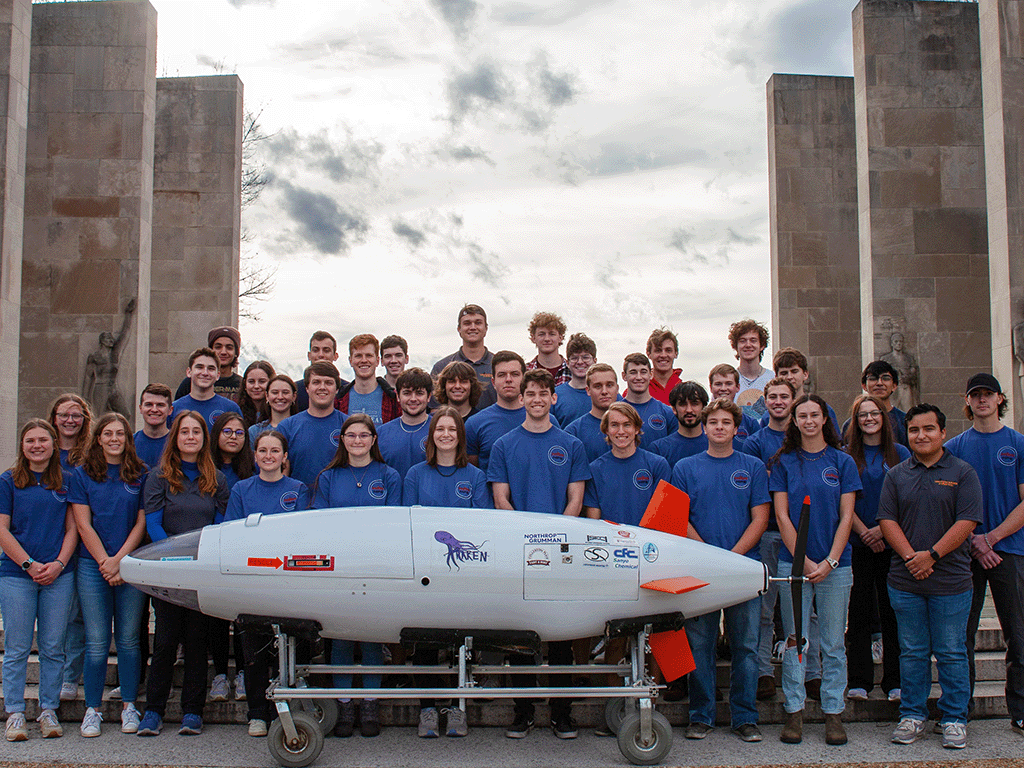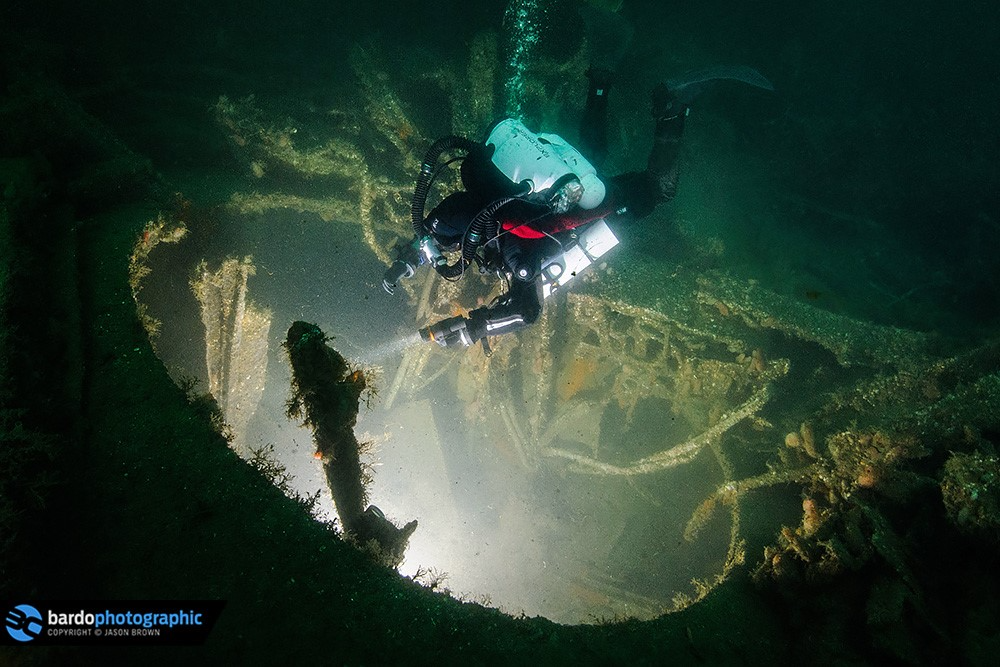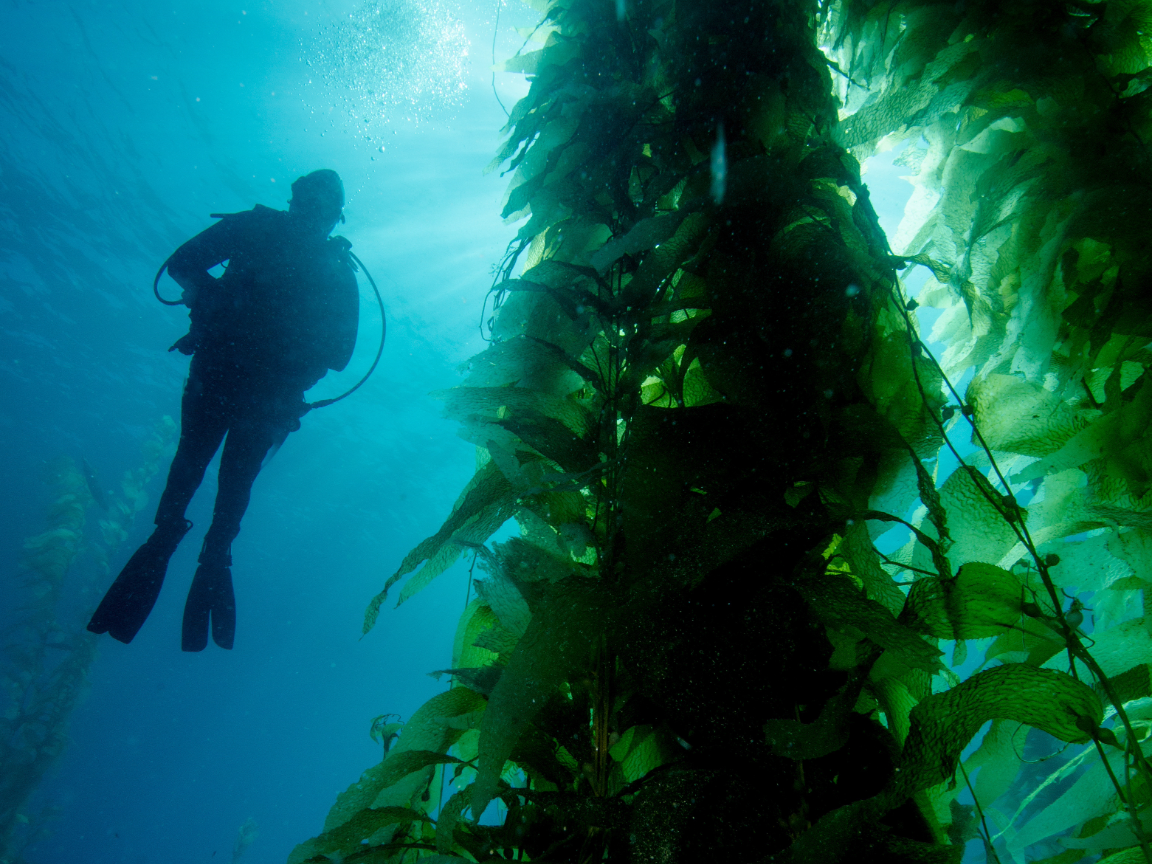Contrary to popular belief, finding a new species is not uncommon. In actuality, we only know approximately 15% of the biodiversity on Earth and less than 10% from the ocean1. It is even easier to find new species in extreme environments. Specifically, underwater caves have high rates of endemism - meaning that some species live only in a few or even a single cave2. Part of the problem is that the description of species is a long process that often requires edge techniques as electronic microscopy and genetic studies. However, the main problem is the lack of taxonomist (specialists on the description and classification of the fauna).
Surprisingly, there are undescribed species that are already under extinction risk. Yes, extinction is a natural process, however, human impacts are one of the main causes. Part of my research is to identify the health status of underwater cave fauna in the Yucatan Peninsula and to comprehend how natural phenomena and anthropogenic activities impact the health status of underwater cave fauna.
The only method to conduct ecological studies on underwater caves is by cave diving. Which requires full focus, for the safety of the team. Fortunately, I have had the invaluable support of local cave dive instructors & dive shops including German Yañez, Michel Vázquez, Under the Jungle and Protec, who primarily act as safety divers. Once we reach the site of interest (that can take almost an hour in some caves), I use a monitoring technique adapted from research in coral reefs called “belt transects”. All the individuals in 15m² are counted and measured, replicating the survey at three stations per site to be able account for variability. The information is then converted into density per m², different sites within a cave are compared, and the density per species is extrapolated to the area of the cave in accordance with the maps made by cave diver explorers, resulting in an estimation of the population size3. This process has been completed for almost 60 species in four caves of Cozumel Island, and is in the process in other four caves close to Playa del Carmen.

Fernando counting and measuring cave fauna to asses the extinction risk. Photo courtesy of Sandra Clopp.
Some of the surveyed species are endemic to up to two caves, hence the estimation of the population size is for the entire species. That is the case for the white sea star Asterinides sp., which is still in the process of being described. Asterinides sp. inhabits only two caves with a population of 256+/-341 individuals, this means that there are no more than 600 of these in the entire world living in an area of less than 0.09km²! Meanwhile, the species with the highest population by far in the same caves is Ophionereis commutabilis, an ophiuroid that was just described in April 2019 with 268,365+/-131,735 individuals, all of them in a single cave. Other species, as the peculiar remipedes, are so rare in the caves of this project that their population size cannot be estimated by this method, probably because they are mostly living in small cracks inaccessible to cave divers or their population is incredibly low.

This small white sea star (Asterinides sp.) lives in two caves while the ophiuroid (Ophionereis commutabilis) is endemic to a single cave.
To give you a perspective on extinction risk, 20 years ago when the vaquita porpoise (Phocoena sinus) was declared critically endangered4 it had an estimation of fewer than 1,073 individuals and a distribution area of 2,000 km². Therefore, it is easy to realize that Asterinides sp. should be catalogued as in critical extinction risk, while Ophionereis commutabilis appears to be out of risk. Nonetheless, the extinction risk does not depend only on population size, but also on other factors such as the distribution range, it is less vulnerable a species living in two caves instead of a single one.
So the question arises, how is it possible that unknown species are at extinction risk? Underwater caves are an ecosystem with limited food, low dissolved oxygen, and lack of light. Characteristics that make them an inhospitable environment. As a result, cave fauna tends to have long lifespans, low reproduction rates, and naturally low population sizes, just as in the deep ocean. However, the same characteristics that allow this fauna to survive, also make them vulnerable in the event of a major change in their limited habitat, such as human impacts. Injection of sewage into the aquifer and use of pesticides and herbicides on land, end up in the underwater caves due to the natural porosity of the calcareous rocks. Additional impacts include garbage that ends at the cenotes and then enter the caves, as well as collapses produced by constructions without considering the presence of caves, and this list can go on and on5.

Unfortunately, we are damaging the cave environment without knowing. Photo courtesy of Sandra Clopp.
However, something we did not anticipate is that climate change can seriously affect the cave fauna by altering the frequency and magnitude of precipitation. The temperature inside the caves was recorded every 10 minutes for more than a year, finding that the temperature dropped several times in the same magnitude than the interannual variation. When contrasted with the precipitation, it was clear that storms of more than 30 mm can alter the temperature of the cave. Unfortunately, in October of 2015, during one dive we were witnesses of what can happen after long and strong storms. The quantity of freshwater entering the cave pushed down the halocline 5m deeper, a distinctive mixing layer that separate the freshwater and marine water in these caves. Five meters was deep enough to make the marine water layer disappear from a large area within the cave. This single event killed thousands of organisms3 that were not able to tolerate the extreme change in salinity and temperature, affecting, in some cases, more than 80% of the organisms. Since then, some marine species (that are not completely adapted to the cave environment) have not been recorded again, while others, including endemic species as Asterinides sp. have not been able to recover their population. Even when these events are natural, the frequency can increase due to climate change to the point that will take species to extinction.
More research is needed to describe and evaluate the extinction risk of the underwater cave fauna, especially because the findings of this project suggests that most of the underwater cave fauna may already be at extinction risk. But also, we need to be careful about how our activities can permanently damage this unique biodiversity. Small things as using only biodegradable products when swimming or diving at a cenote, appropriate trash disposal, and installation of biodigesters to treat the sewage can make a difference.
1. Mora, C., Tittensor, D. P., Adl, S., Simpson, A. G. B. & Worm, B. How many species are there on earth and in the ocean? PLoS Biol. 9, 1–8 (2011).
2. Culver, D. C. & Pipan, T. The biology of caves and other subterranean habitats. (Oxford University Press, 2009).
3. Calderón-Gutiérrez, F., Sánchez-Ortiz, C. A. & Huato-Soberanis, L. Ecological patterns in anchialine caves. PLoS One 13, 1–19 (2018).
4. IUCN. The IUCN Red List of Threatened Species. (2019). Available at: http://www.iucnredlist.org/. (Accessed: 7th May 2019)
5. Mercado-Salas, N. F., Morales-Vela, B., Suárez-Morales, E. & Iliffe, T. M. Conservation status of the inland aquatic crustaceans in the Yucatan Peninsula, Mexico: shortcomings of a protection strategy. Aquat. Conserv. Mar. Freshw. Ecosyst. 23, 939–951 (2013).
---

Written by Fernando Calderón Gutiérrez
Fernando Calderón Gutiérrez is a Mexican passionate by the biodiversity and conservation of underwater caves. He started studying underwater cave fauna in 2011 and is currently a PhD student at Texas A&M University at Galveston. Fernando is a FMAS-CMAS certified cave diver and PSAI instructor. He is also member of the speleological organization Circulo Espeleológico del Mayab.





